Sea Thrift Companion Plants That Will Make Your Garden Pop
Sea thrift (Armeria maritima) is a low-growing perennial plant that is native to coastal regions around the world. It is known for its delicate pink or white flowers, which bloom in the spring and early summer. Sea thrift is a versatile plant that can be used in a variety of garden settings, including rock gardens, borders, and containers.
One of the best things about sea thrift is that it is very easy to care for. It is drought-tolerant and can withstand hot, dry conditions. Sea thrift also does not require a lot of fertilizer.
If you are looking to add some sea thrift to your garden, you may be wondering what companion plants would work well with it. Here are a few suggestions:
- Aurinia saxatilis (Basket-of-Gold): This plant is a close relative of sea thrift and has similar growing requirements. Basket-of-gold has bright yellow flowers that bloom in the spring and early summer. It is a great choice for adding a splash of color to your garden.
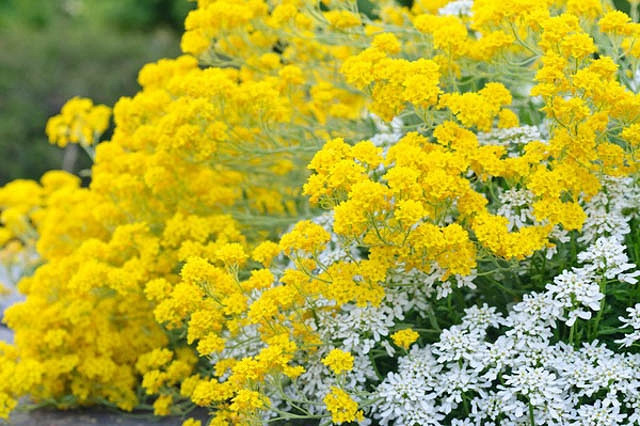
- Gladiolus callianthus murielae (Abyssinian Sword-Lily): This plant is a bit taller than sea thrift but has similar flower colors. Abyssinian sword-lily blooms in the late summer and fall, so it can help to extend the bloom season in your garden.
- Lavandula angustifolia 'Munstead' (Lavender): Lavender is a classic companion plant for sea thrift. The two plants have similar colors and textures, and they both thrive in full sun. Lavender also has a lovely fragrance, which can add to the overall beauty of your garden.
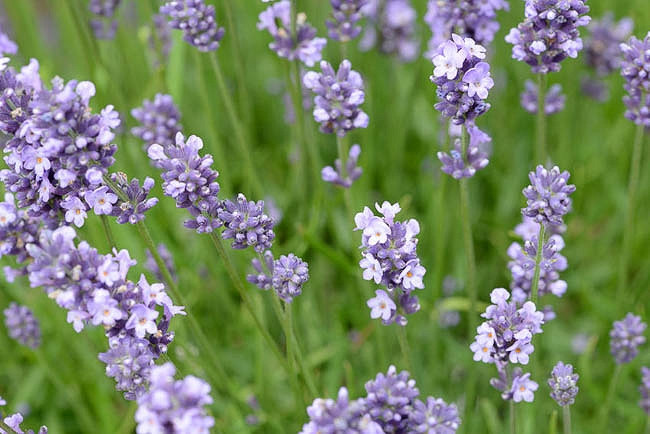
- Festuca glauca 'Elijah Blue' (Blue Fescue): This plant adds a touch of blue to your garden and helps to create contrast with the pink or white flowers of sea thrift. Blue fescue is also drought-tolerant and can withstand hot, dry conditions.
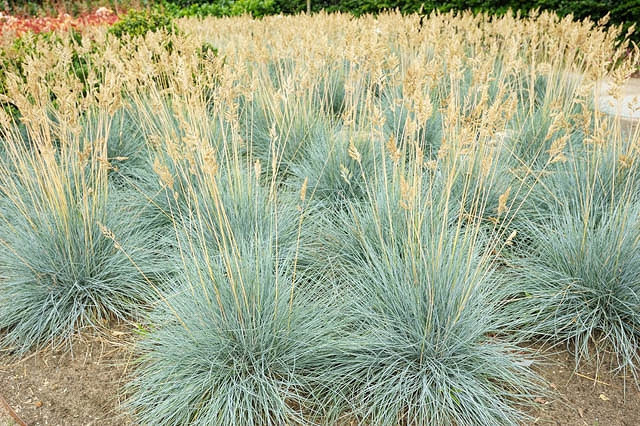
In addition to these plants, there are many other companion plants that would work well with sea thrift. Some other possibilities include:
- Achillea millefolium (Yarrow)

- Coreopsis verticillata (Threadleaf Coreopsis)

- Dianthus barbatus (Sweet William)

- Echinacea purpurea (Purple Coneflower)
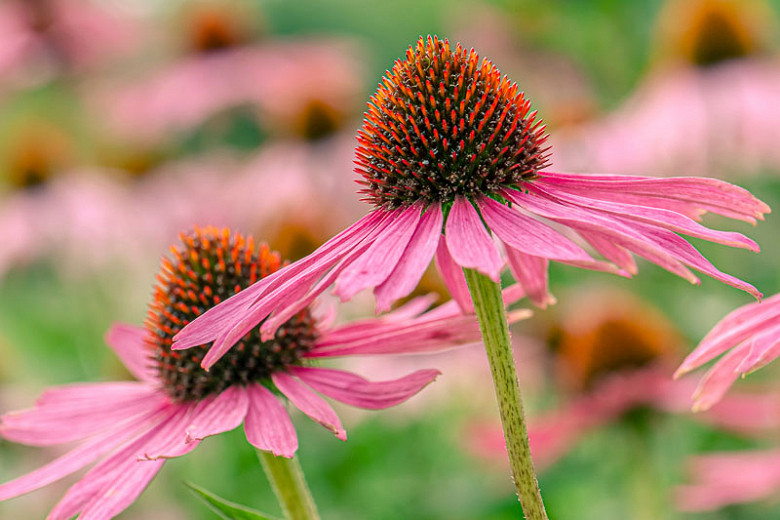
- Phlox paniculata (Summer Phlox)
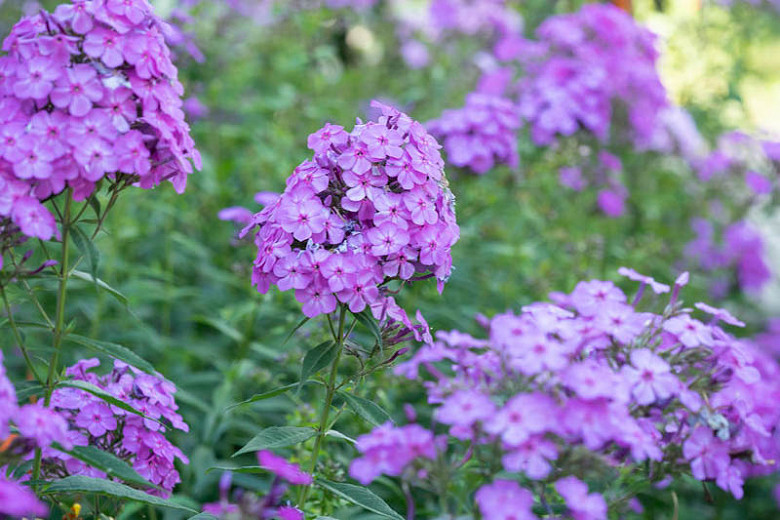
When choosing companion plants for sea thrift, it is important to consider the plant's size, color, and growing requirements. You want to choose plants that will complement each other and create a beautiful and harmonious garden.
FAQ of sea thrift companion plants
1. What are the best companion plants for sea thrift?
Sea thrift is a low-growing, drought-tolerant plant that is native to coastal areas. It is often used in rock gardens and seaside borders. Some of the best companion plants for sea thrift include:
- Lavender: Lavender is a fragrant, drought-tolerant plant that blooms in shades of purple, blue, and white. It is a good choice for companion planting with sea thrift because it has similar growing conditions.
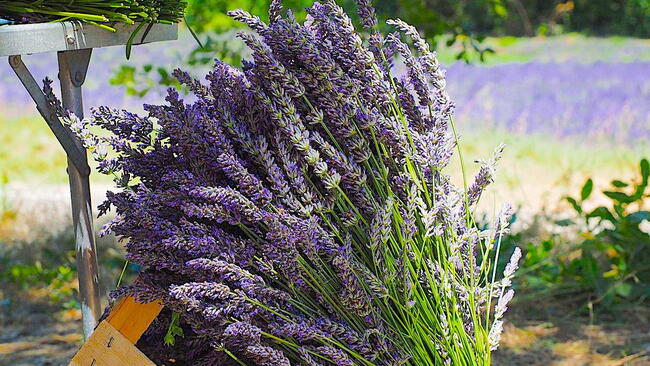
- Sedum: Sedum is a succulent plant that comes in a variety of colors, including pink, yellow, and orange. It is a good choice for companion planting with sea thrift because it is drought-tolerant and can tolerate poor soil conditions.

- Yarrow: Yarrow is a hardy perennial that blooms in shades of white, yellow, and pink. It is a good choice for companion planting with sea thrift because it attracts butterflies and other pollinators.

- Iris: Iris is a beautiful flower that comes in a variety of colors, including blue, purple, and yellow. It is a good choice for companion planting with sea thrift because it adds height and interest to the garden.
- Sempervivum: Sempervivum, also known as hens and chicks, is a succulent plant that is very hardy and easy to care for. It is a good choice for companion planting with sea thrift because it can tolerate poor soil conditions and drought.
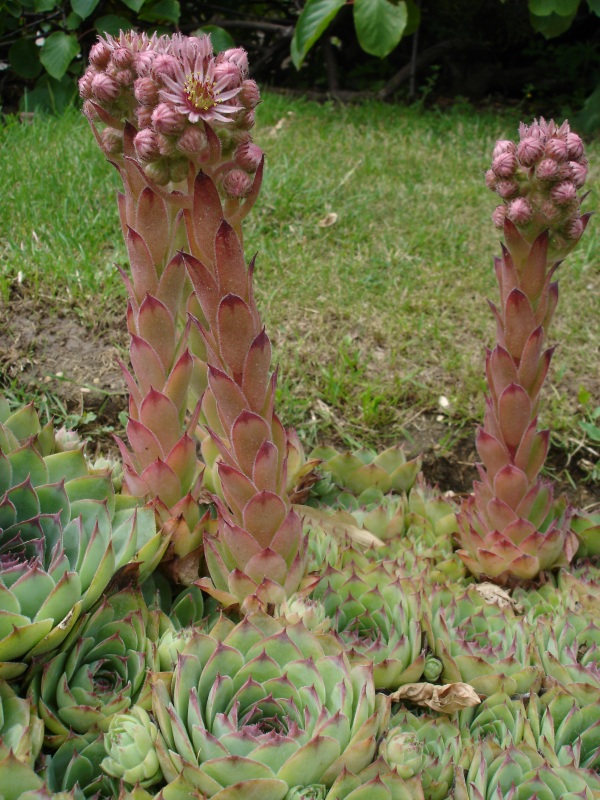
2. What are the benefits of companion planting with sea thrift?
There are several benefits to companion planting with sea thrift. First, companion plants can help to deter pests and diseases. For example, lavender is a good companion plant for sea thrift because it repels aphids and other insects.
Second, companion plants can help to improve the soil quality. For example, sedum helps to improve drainage, while yarrow helps to attract beneficial insects.
Third, companion plants can help to extend the bloom time of sea thrift. For example, iris can provide height and interest to the garden, while sempervivum can help to fill in the gaps between sea thrift plants.
3. How do I plant sea thrift with companion plants?
When planting sea thrift with companion plants, it is important to consider the size and growth habit of each plant. For example, lavender and sedum are both low-growing plants, so they can be planted together in a rock garden. Iris and yarrow are both taller plants, so they can be planted in the background of a border.
It is also important to consider the sunlight and soil conditions when planting sea thrift with companion plants. Sea thrift prefers full sun and well-drained soil. Most companion plants also prefer full sun, but some, such as sempervivum, can tolerate partial shade.
4. How do I care for sea thrift and its companion plants?
Sea thrift is a low-maintenance plant that is drought-tolerant. It only needs to be watered occasionally, especially during hot, dry weather. Sea thrift does not need to be fertilized, but it may benefit from a light application of compost in the spring.
The companion plants listed above are also low-maintenance plants. They only need to be watered occasionally and fertilized once a year.
5. What are some common problems with sea thrift and its companion plants?
The most common problem with sea thrift is powdery mildew. This fungus can cause white spots to appear on the leaves of the plant. Powdery mildew can be prevented by planting sea thrift in a well-ventilated area and watering the plant at the base.
Another common problem with sea thrift is aphids. These insects can suck the sap from the leaves of the plant, causing them to wilt and die. Aphids can be controlled by spraying the plant with insecticidal soap or neem oil.
Image of sea thrift companion plants
5 different images of "sea thrift companion plants" from Pinterest:
- Sea thrift and lavender
Sea thrift and lavender are both drought-tolerant and low-maintenance plants, making them a great pair for a sunny border. The lavender's purple flowers complement the sea thrift's pink or white blooms, and the two plants will bloom at the same time in the spring.
- Sea thrift and ornamental grasses
 Ornamental grasses add height and texture to a garden, and they can also help to provide some shelter from the wind for the sea thrift. Some good choices for ornamental grasses to pair with sea thrift include blue fescue, feather reed grass, and maiden grass.
Ornamental grasses add height and texture to a garden, and they can also help to provide some shelter from the wind for the sea thrift. Some good choices for ornamental grasses to pair with sea thrift include blue fescue, feather reed grass, and maiden grass. - Sea thrift and dianthus
Dianthus, also known as pinks, are another type of low-maintenance, drought-tolerant plant that makes a good companion for sea thrift. The two plants have similar flower shapes and colors, and they can be planted together to create a continuous wave of blooms.
- Sea thrift and columbine
Columbine is a showy flower that adds a touch of elegance to any garden. It pairs well with sea thrift because it blooms at the same time, and the two plants' different flower shapes create a visually interesting contrast.
- Sea thrift and candytuft
Candytuft is a low-growing plant with bright pink or white flowers. It's a great choice for filling in the gaps between sea thrift plants, and it also helps to extend the blooming season.

Post a Comment for " Sea Thrift Companion Plants That Will Make Your Garden Pop"